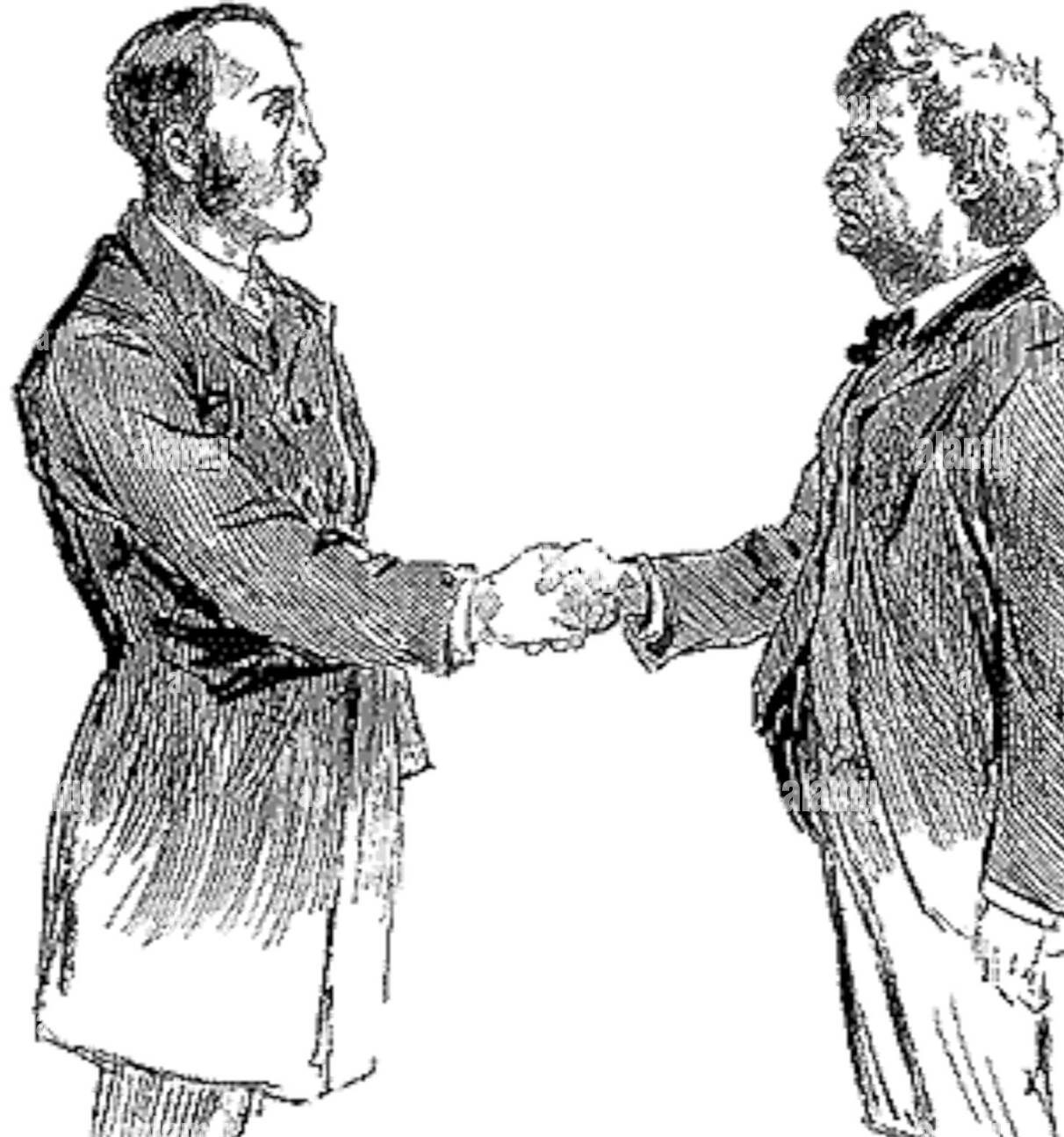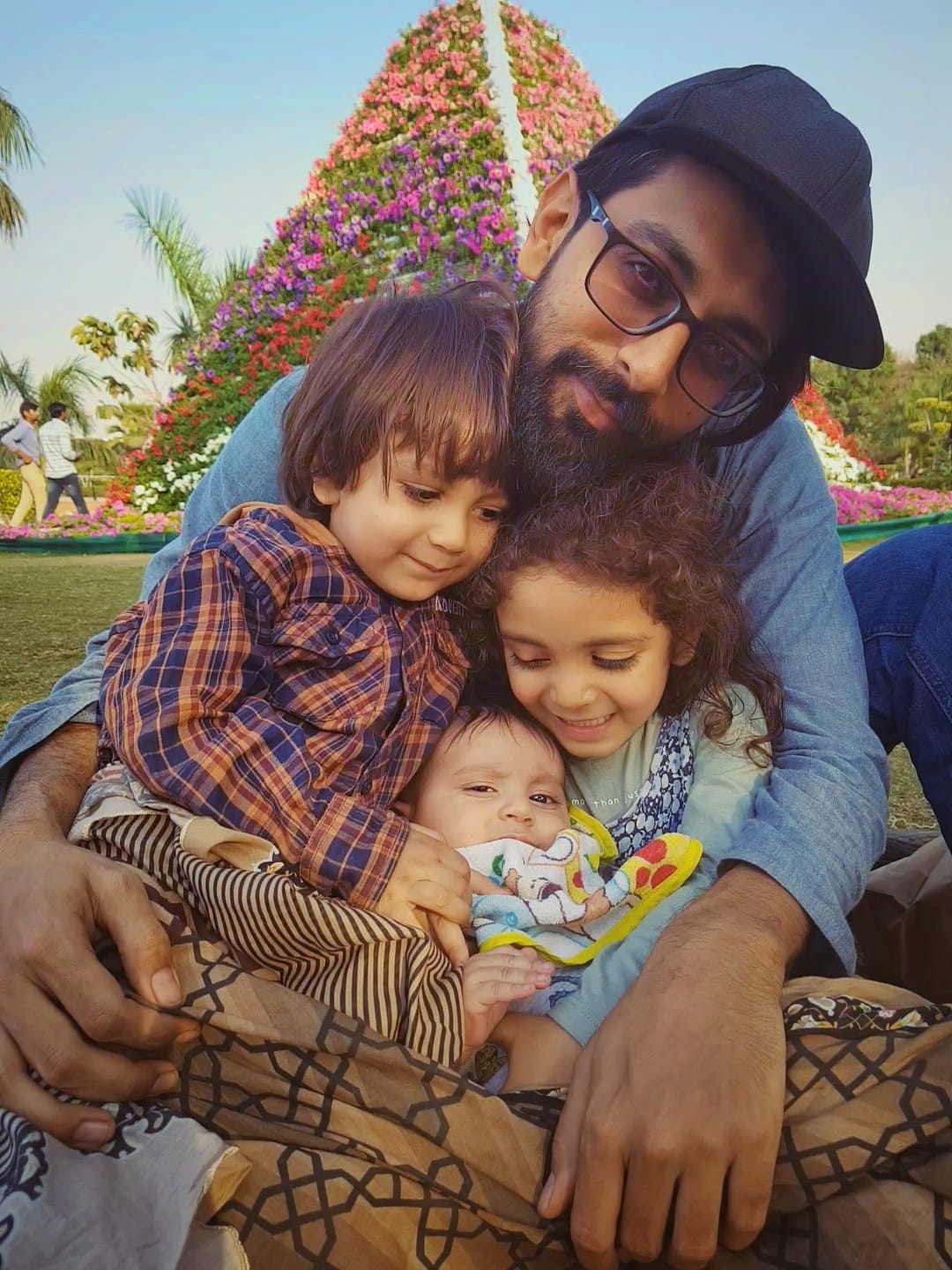✳️ Germanic New Medicine (GNM)
Understanding “Partners” in the Context of Biological Conflicts
Based on Basic 003 – Handedness by Helmut Pilhar

🧩 Definition of “Partners” in GNM
In GNM, Partners refer to individuals or entities with whom one has significant social, emotional, or functional relationships — excluding one’s biological mother or children.
These individuals are biologically categorized on the Partner side of the body:
- ✅ Right side for right-handers
- ✅ Left side for left-handers
This distinction is vital for understanding where and how biological conflicts manifest in the body.
🔍 Key Characteristics of Partners
1️⃣ Social Relationships
- Includes: spouses, romantic partners, friends, neighbors, colleagues, teachers, bosses, in-laws
- Conflicts such as betrayal, competition, rejection, or fear of loss involving these people affect the Partner side
- 🧠 Example: A conflict with a boss triggers symptoms on the Partner side due to their social role
2️⃣ Non-Biological Family Members
- Siblings and grandparents are typically Partners, unless perceived as a child or maternal figure
- In-laws are explicitly Partners, even if emotionally close
3️⃣ Animals as Partners
- Animals can be Partners based on the relationship’s emotional nature
- 🐕 Example: A protective dog may be a Partner, whereas a dependent puppy may be perceived as a Child
- 🐄 A cow’s mastitis on one side may indicate she perceived her farmer as a Partner
🎯 Conflict Localization Based on Handedness
🤚 For Right-Handers:
- Partner conflicts → Right side
- Mother/Child conflicts → Left side
✋ For Left-Handers:
- Partner conflicts → Left side
- Mother/Child conflicts → Right side
This applies to cerebellum, white matter, and cortex-controlled tissues.
⚠️ Contextual Perception Alters Classification
🧠 Emotional perception during the DHS (Dirk Hamer Syndrome) is key.
Someone typically categorized as a Partner may shift to the Mother/Child side depending on emotional role:
- ✅ A younger sibling may be perceived as a Child if one feels responsible for them
- ✅ An elderly parent may shift to the Child side if being cared for like a baby
- ✅ A grandmother raising a child might be felt as a mother
📚 Examples from the Document
🧠 Bone Dent in Left Skull (Page 38)
- Conflict: “I was stupid in front of my boss.”
- Localized on the Partner side (left), indicating the participant was left-handed
🧠 Stroke (Page 34)
- Conflict: Wife and mayor (Partners) betrayed him
- Facial paralysis developed on Partner side
🐾 “My Dog Emma” (Page 22)
- Conflict: Separation from his dog Emma
- Perceived as a child, thus affected the Mother/Child side (left foot sole in right-hander)
🧍♀️ Intraductal Mammary Carcinoma (Page 32)
- Conflict: 30-year-old woman treated twin sisters like her children
- Conflict manifested on the Mother/Child side
🧠 Significance in GNM Diagnosis & Therapy
🔍 Diagnostic Value
- Knowing whether someone is a Partner or Mother/Child during DHS is essential
- Helps pinpoint which organ and brain relay is affected
💡 Therapeutic Use
- Identifying the perceived “Partner” in the conflict helps locate and dissolve the core conflict
🧬 Biological Handedness
- Use clap test or “holding a baby” imagination test to determine handedness
- Determines which side of the body symptoms manifest
🧾 Summary: Who Is a “Partner”?
| Relationship | Partner or Mother/Child | Notes |
|---|---|---|
| Spouse / Lover | Partner | |
| Friend / Colleague | Partner | |
| Sibling (usual case) | Partner | May shift if maternal/paternal feelings are involved |
| Boss / In-law / Neighbor | Partner | |
| Pet / Animal | Depends | Based on perception — companion (Partner), dependent (Child) |
| Grandparents | Partner | Unless raising grandchild like a mother |
| Parent (elderly) | May shift to Child | If seen as someone to care for |
🌿 Final Note
GNM reminds us that biology reflects perception, not labels.
Conflict localization depends not on objective relationships but on how a person emotionally perceives the other at the time of shock.
“The Partner is not who they are — it’s how we feel about them in the moment that defines everything.” – Helmut Pilhar

